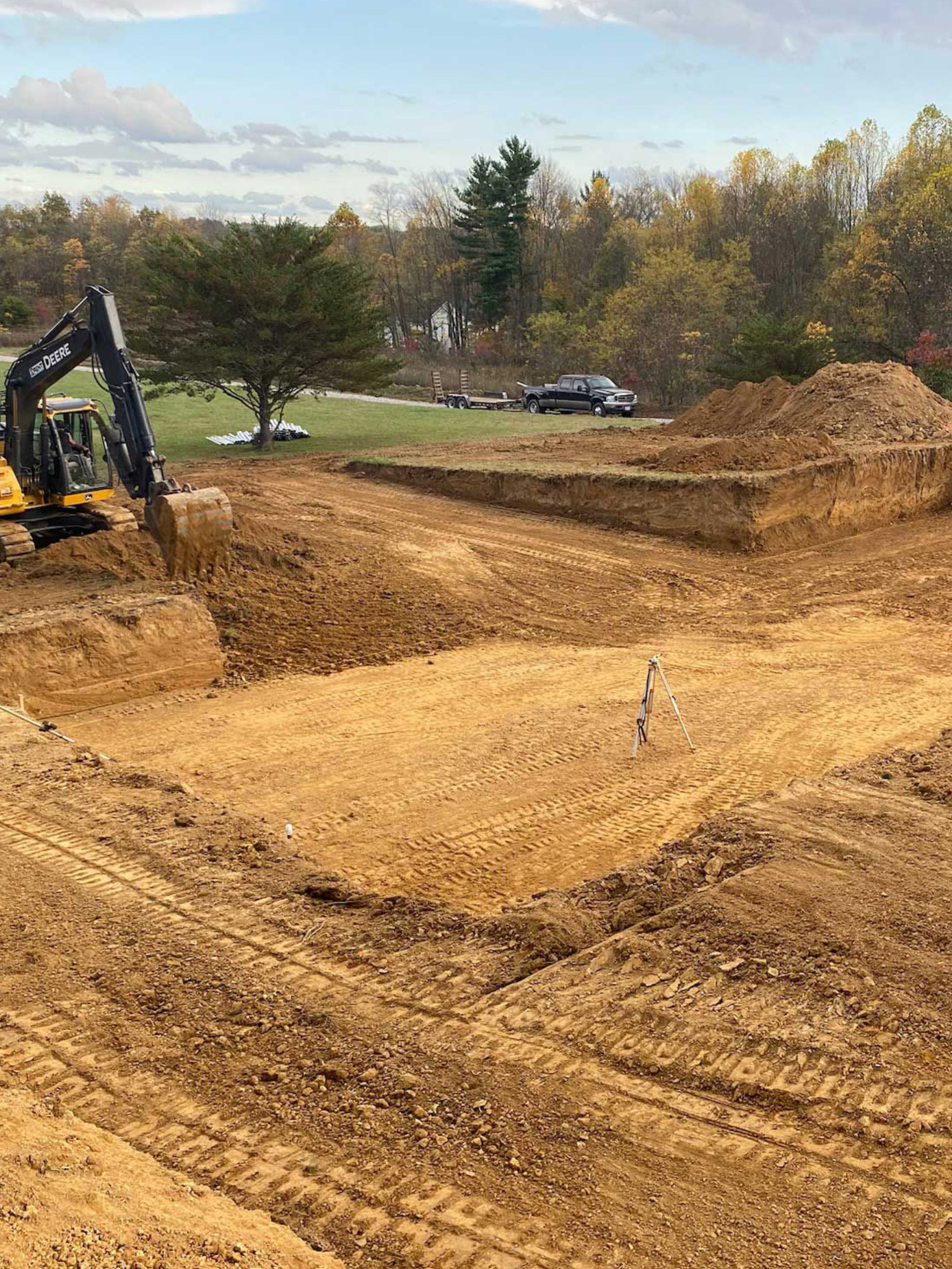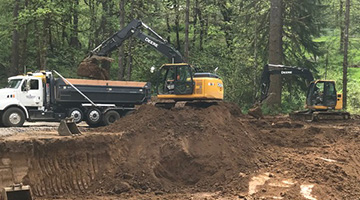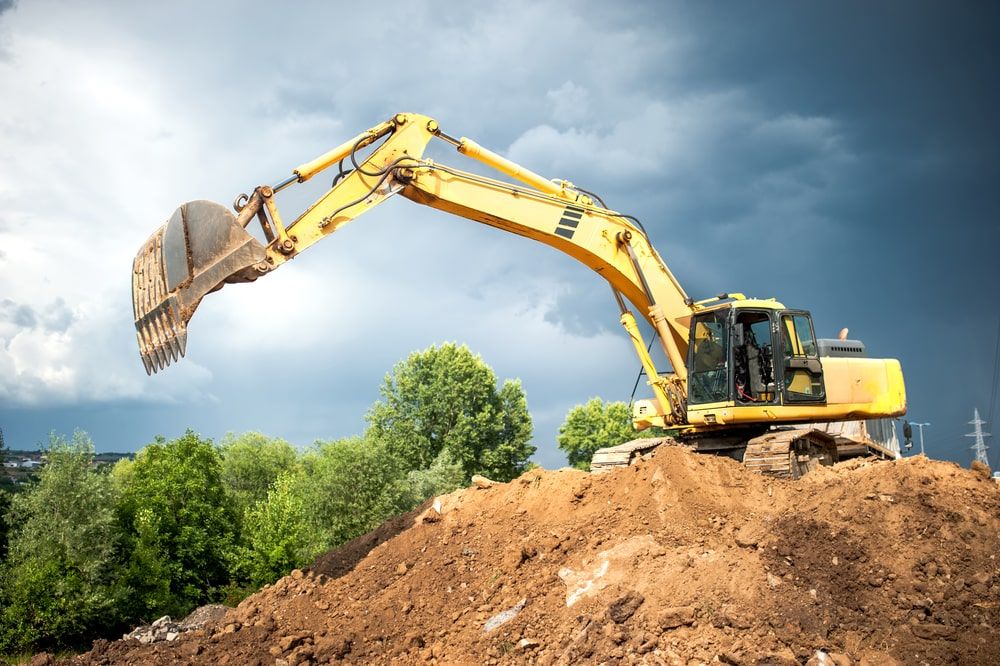Thorough Expedition: The Scientific Research Behind Superior Excavation Practices
The world of excavation practices is a domain where science intertwines with craftsmanship to unearth the secrets concealed underneath the planet's surface. From old hand devices to modern hydraulic excavators, the development of excavation strategies has actually been a testament to human ingenuity and technical advancements. Nevertheless, what genuinely sets remarkable excavation practices apart is a deep understanding of geological principles, combined with the use of innovative tools and techniques. By checking out the science behind these practices, we can discover the keys that exist beneath our feet and appreciate the accuracy and competence that enter into every dig.
Development of Excavation Techniques
Throughout background, the evolution of excavation techniques has actually played a crucial duty in progressing building and construction methods and archaeological explorations. From the simple tools utilized by our forefathers to the sophisticated equipment utilized in modern times, the progression of excavation methods has substantially changed just how we come close to numerous projects.
In old times, manual work with basic devices such as shovels, wheelbarrows, and pickaxes was the primary technique of excavation. This labor-intensive process limited the depth and range of excavations, frequently resulting in slow progression and limited access to specific websites. As civilizations progressed, so did the methods and tools utilized for excavation.
The Industrial Transformation noted a transforming factor in excavation methods with the introduction of steam-powered machinery. In modern times, innovation plays a pivotal duty in excavation, with advancements like General practitioner systems, drones, and 3D scanning boosting precision and effectiveness in the area.
Function of Innovation in Excavation

The combination of sophisticated innovation has actually essentially reinvented the area of excavation, boosting precision and performance to extraordinary degrees - lancaster excavation. One of the crucial technological advancements that has significantly impacted excavation methods is the utilization of GPS systems.
Additionally, the development of 3D modeling and simulation software has streamlined the preparation procedure for excavation jobs. Operators and designers can currently visualize the entire excavation procedure prior to damaging ground, optimizing and identifying potential challenges operations. Combined with this, the execution of drones in excavation tasks has promoted aerial surveys, volumetric dimensions, and website examinations with unmatched speed and precision.
Geological Concepts in Excavation
An understanding of geological principles is crucial for ensuring the architectural stability and stability of excavation websites. Geological factors play a critical role in identifying the feasibility and security of excavation projects.
Additionally, the geological structure of the location, including faults, fractures, and rock developments, must be thoroughly analyzed to recognize possible threats and challenges. Excavating near geological fault or unsteady rock formations can result in instability and prospective hazards. By conducting extensive geological studies and analysis, excavators and designers can develop approaches to mitigate risks and guarantee the effective completion of excavation tasks. Ultimately, including geological concepts into excavation techniques is essential for accomplishing safe, reliable, and lasting results.

Most Current Devices for Excavation
In the world of excavation practices, modern advancements in devices have actually transformed the effectiveness and accuracy of excavation processes. These drones can supply in-depth airborne studies of excavation sites, using real-time information on topography and potential dangers.
One more cutting-edge device acquiring appeal is the application of 3D printing innovation for developing personalized excavation equipment. straight from the source This enables for the production of specialized devices that are tailored to the details demands of a project, increasing performance and reducing downtime.
In addition, developments in materials science have actually caused the growth of stronger and much more durable excavation tools. lancaster excavation. Tungsten carbide-tipped excavator add-ons, for instance, deal remarkable efficiency look at these guys in tough ground conditions, improving performance on-site
Science's Effect on Excavation Practices

Additionally, clinical research on dirt mechanics and geotechnical design has provided useful understandings right into soil behavior, enabling excavation experts to make educated choices relating to excavation methods and dirt stabilization techniques. Overall, science proceeds to drive innovation and renovation in excavation methods, making excavation jobs extra efficient, economical, and lasting.

Conclusion
Finally, the evolution of excavation techniques has actually been considerably affected by developments in technology and a deeper understanding of geological principles. The current tools and equipment utilized in excavation have actually improved effectiveness and precision in the field. The application of scientific expertise has actually considerably improved excavation techniques, causing more reliable and lasting techniques for excavating various kinds of materials.
In the world of excavation practices, contemporary advancements in tools have reinvented the performance and precision of excavation procedures. By leveraging scientific principles, the excavation market has been able to substantially boost effectiveness, precision, and security in excavation processes. GPR allows excavation groups to non-invasively check and map subsurface structures, energies, and possible dangers, enabling them to intend excavation tasks with higher accuracy and lowered threat of mishaps.
In addition, scientific study on dirt technicians and geotechnical engineering has actually offered valuable insights into dirt habits, permitting excavation experts to make educated decisions regarding excavation techniques and soil stabilization methods. On the whole, scientific look at more info research proceeds to drive innovation and improvement in excavation techniques, making excavation jobs more effective, economical, and sustainable.